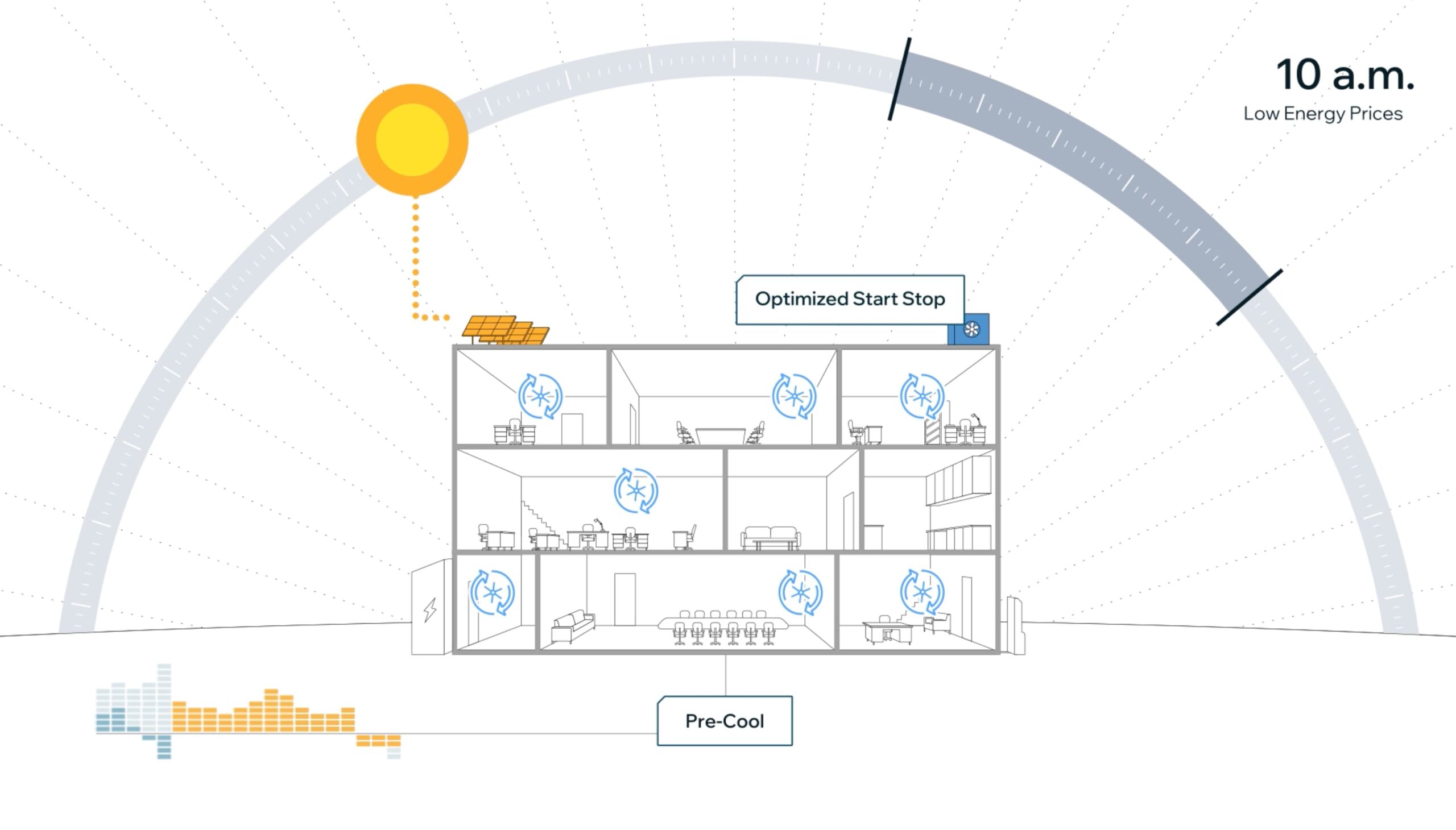Hoymiles showcases high-power microinverters at SNEC 2021

Microinverter manufacturer Hoymiles Power Electrics Inc. revealed its full line-up of microinverters designed for high-power solar panels, as well as Hoymiles Gateway DTU-Pro-S, a data transfer unit featuring Sub-1Ghz wireless connectivity for greater reliability, at SNEC PV Power Expo 2021 in Shanghai, China.
“Our technological breakthroughs allow us to boost the maximum DC input current of a single-phase microinverter by up to 22 per cent to 14A, making Hoymiles the first to provide a microinverter system solution that perfectly accommodates 182mm high-power PV modules. Meanwhile, in our latest efforts to expand the applicability and compatibility of the module-level inverter, Hoymiles developed the world’s first three-phase microinverter to feature reactive power control, which greatly enables the microinverter to be deployed in a wider range of application scenarios,” said Zhao Yi, Deputy General Manager and Director of R&D Center of Hoymiles.
The products presented at the Expo include:
- HMS-2000: This 4-in-1 microinverter features maximum output power of up to 2000 VA. Independent MPPT and monitoring allow for higher energy harvests and streamlined maintenance, while the support of Sub-1Ghz wireless solution offers more robust communications stability.
- HMS-1000: 2-in-1 microinverter that comes equipped with identical features and output power up to 1000VA.
- HMS-500: 1-in-1 microinverter that comes equipped with identical features and output power up to 500VA.
- HMT-2250: A pioneer, the latest three-phase microinverter with reactive power control can be widely used in general 230V/400V three-phase electric power distribution and supports connection of 6 PV modules.
- Hoymiles Gateway DTU-Pro-S: Data transfer unit that works seamlessly with S-Miles Cloud and supports Sub-1Ghz wireless solution.
“With quality, efficiency and cost-effectiveness in mind, all our new products are designed to significantly improve the operating performance of the system and reduce the cost of electricity per kilowatt-hour, making sure our customers benefit from lower costs,” he added.





Comments are closed here.